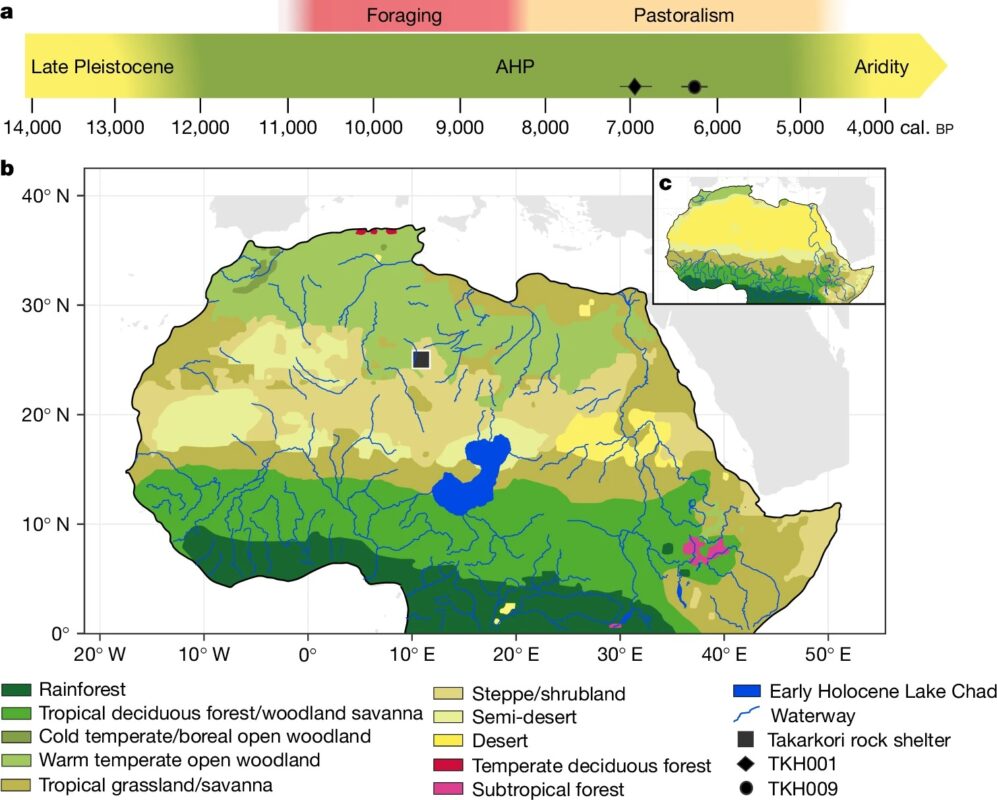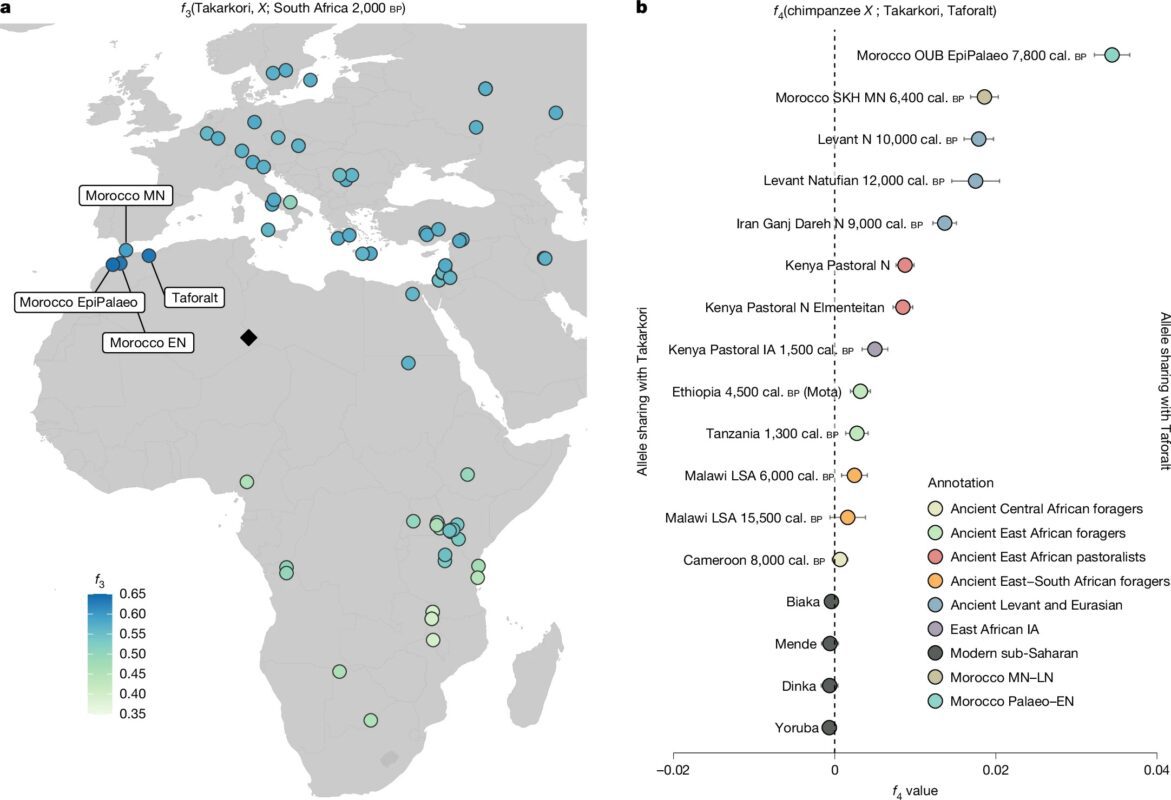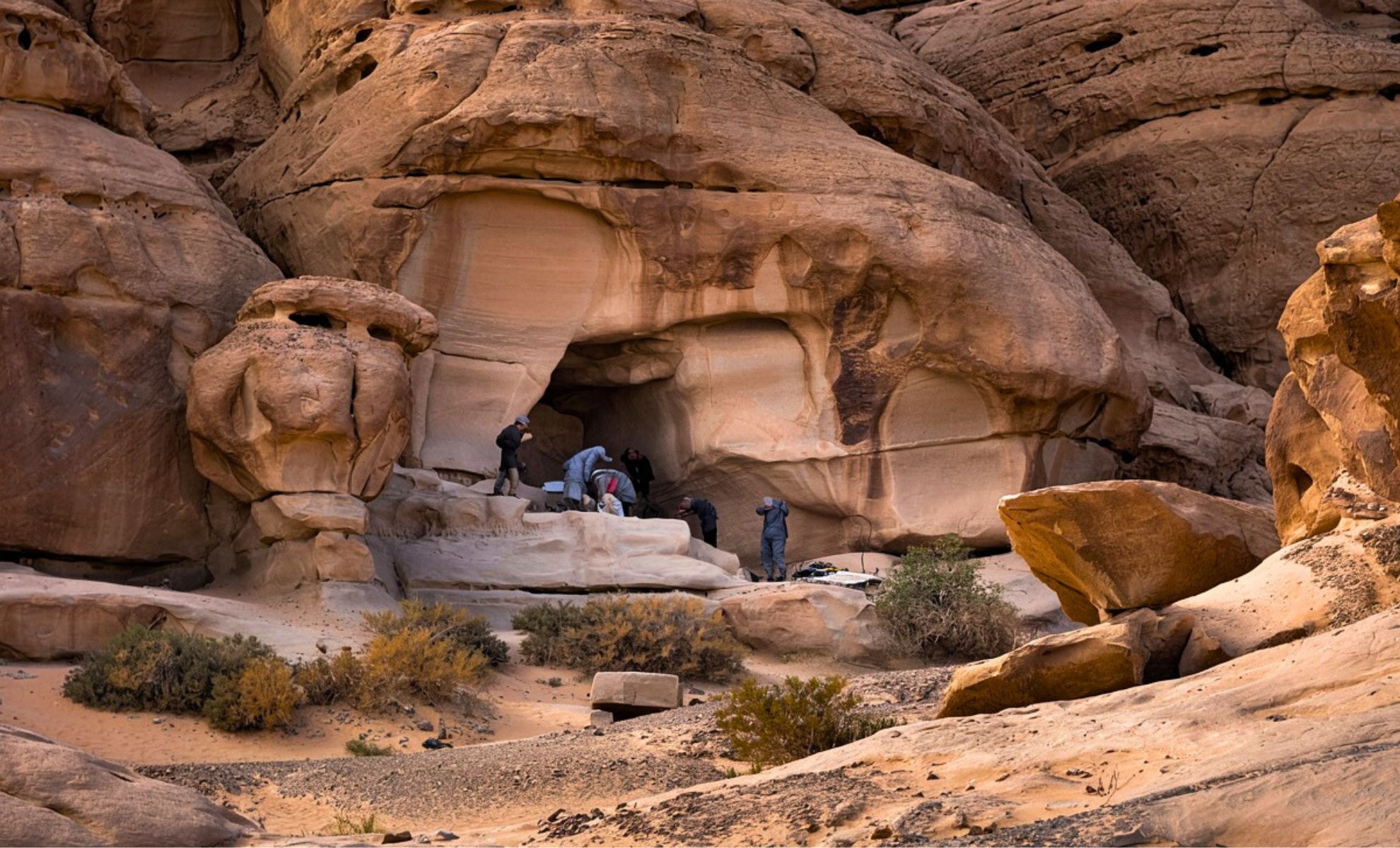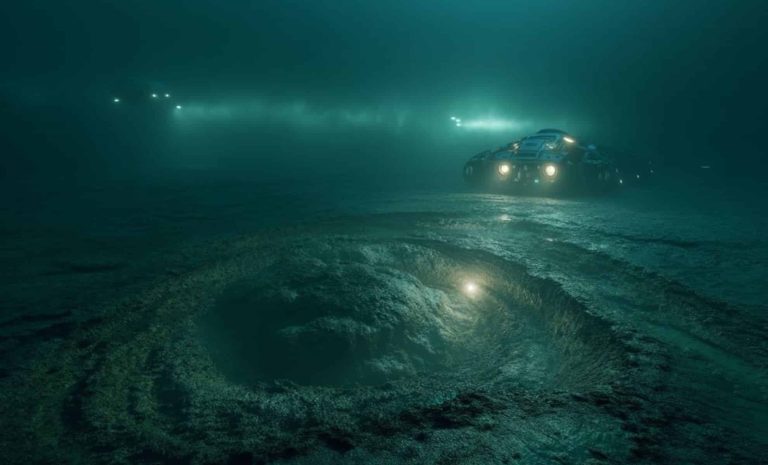Modern discovery for two people 7000 years old Mummies in the desert The desert has turned our understanding of man predecessors On her head. I found in Takarkori Rock shelter LibyaThese mummies, residue feminine The shepherds belong to a population challenge Genetic The researchers expected expectations on the history of the region.
Despite the assumptions they hold Sub -Saharan Genes, DNA The analysis revealed something completely different: anonymous North Africa The proportions with no connection with modern humans.
Detecting the old desert
the the desertNow a vast and hostile desert, it seemed completely different. between 14800 and 5500 years agoduring An African wet periodThe area was a fertile and prosperous environment, known as “The green desert” to support LakeWet lands, herbal lands and various ecosystems.
In this fertile landscape that was one day, the first humans settled and adapted to a much more hostile environment. Among these early groups The mysterious population who Mummies Detected Takarkori.
The mummies, marked significantly in the dry desert climate, have been identified, as they belong to New Stone Age Female shepherds. However, when the researchers examined DNAThey were left with a terrible discovery: These individuals did not participate in the expected Sub -Saharan Genetic signs.
Instead, they showed an unknown connection previously North Africa The genetic ratios that have been isolated for thousands of years. This discovery challenges the current theories about man Migration And genetic exchange between Sub -Saharan and North Africa Population New Stone Age era.

DNA puzzle: a link to North African groups
the Takarkori The mummies are closely related to a set of He is 15,000 years old Experiences from Tavortal Cave in Morocco. Both residents share a genetic distance from sub -Saharan groups that were present during that period, indicating a lack of genes between Sub -Saharan and North Africa Population at that time.
However, mummies Genetic The profile also suggested something unexpected: while Takarkori members offered more Neanderthal DNA Of the South Sahara population, their primitive genetic inheritance was much lower than other North Africa groups such as those Taforn.
Interestingly, researchers found effects Mixing With ancient Farmers from Country. The isolation of the people of Takarkori, despite the evidence of limited external reactions, indicates that it was part of a very different, isolated group North Africa The proportions. Their genetic makeup reflects the population, while living in the same region, has been largely isolated due to the various environments within The green desert.
These results mean that, instead of immigration, Agriculture Practices and Grazing It is likely to spread throughout the region through Cultural spreadOn the occasion of our conversion to our understanding of how to spread knowledge and culture in the old Africa.
They are the spread of the shepherds
discovery Takarkori The mummies have great effects on our understanding of Cultural spread Spread agriculture. The researchers previously believed that it was spread Agriculture and Domestication It came through wide range MigrationWhere the entire population moves and interferes.
However, the Genetic Evidence provided by these mummies indicates this GrazingAt least in the green desert, it may spread not through migration, but through the exchange of practices and ideas between isolated groups.
the Takarkori It is believed that individuals have inherited Agriculture and Pastoral Practices from a group of Sayyad college Those who lived during a period of time before domesticated animals and agriculture were widespread. Despite the lifestyle of the fisherman’s mosque, these people were technologically advanced, and they created PotteryAnd baskets and tools made from wood and Bones.
Their ability to settle in one place for longer periods is a way out of the model Bedouin The lifestyle of many first people, indicating their adaptation to the unique environment of the green desert.


Unique lineage hidden in the desert
What makes Takarkori Mummies are more amazing is a diversity Landscape That was once in the desert. The area appeared Wet landsand Forestand SavanaAnd even Mountainous The regions, each of which can serve as a natural barrier that is limited to interaction between the different population.
This geographical isolation is likely to play a major role in the unique Genetic makeup Takarkori People explain why DNA It diverged greatly from the other population in the region. This discovery provides a rare glimpse of a group of missing population for a long time that lives in a completely different environment from the desert We know today.
While the researchers continue to study DNA Subordinate Takarkori Mummies, they may discover more ideas about the old human population who have once flourished in The green desertAdd depth to our understanding of Pre -date And man Migration.









